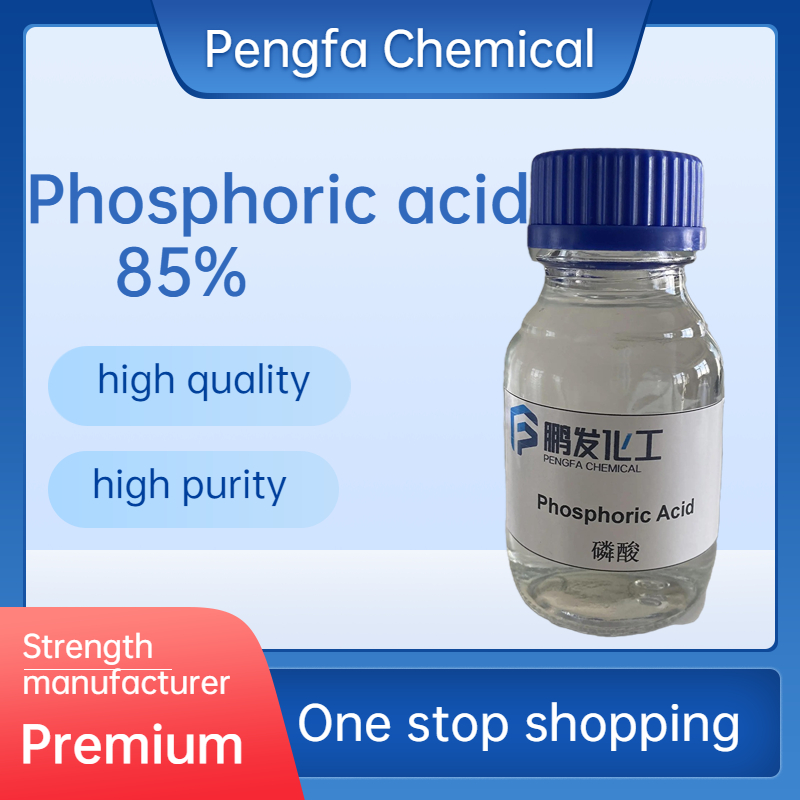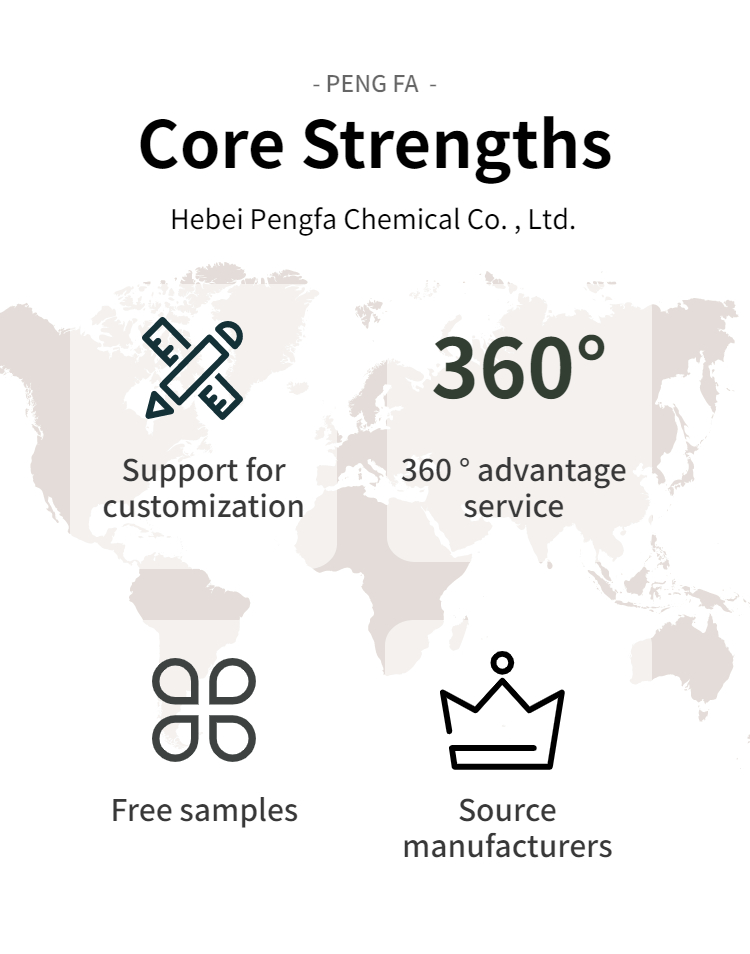In the chemical industry, phosphoric acid is a very important material, but in fact, phosphoric acid is also a lot of need to understand the difference! For example, what is the difference between food grade and industrial grade phosphoric acid in the use process?
The content of food and industrial grade phosphoric acid reaches 85% and 75%. Industrial grade phosphoric acid is mostly used in the chemical industry, including textile printing, production washing, wood refractories, metallurgy and other metal industries; Food-grade phosphoric acid can be used in flavoring everyday foods such as dairy products, wine brewing, sugar and cooking oil.
What are the main applications of food grade phosphoric acid?
1. It can be used as a food additive, such as citric malic acid and other acid flavor agents, and it plays its role as a raw material for yeast and phosphate in cooking.
2. Wine lovers should be no stranger to phosphoric acid! When brewing, phosphoric acid can provide a steady supply of nutrients to the yeast, which prevents the growth of stray bacteria; In the process of beer making, it can also play a good role of lactic acid to adjust the PH value!
3. Water resources are now very important, and phosphoric acid can also be used as a raw material component of scale cleaning agents and water softeners, providing us with more pure water

Industrial grade phosphoric acid is a bit more complex, but it’s also more widely used:
1. Phosphoric acid must have a place in the metal industry. If you want to make the metal surface of production and use more smooth and beautiful, phosphoric acid must be indispensable. When in contact with the metal, it can help the surface of the water insoluble phosphate film, even in the subsequent work, to minimize the possibility of metal corrosion.

2. The cleaning ability of phosphoric acid is actually ignored by many people. In the printing industry, it can be used in the cleaning liquid to help remove the stains on the offset plate more completely, and it can also become a part of the detergent additives in the daily chemical industry!
3. In addition, it also has its own place in improving the service life of the furnace, battery electrolytes and even frequent use of skin care products and cosmetics
Post time: Oct-16-2023
